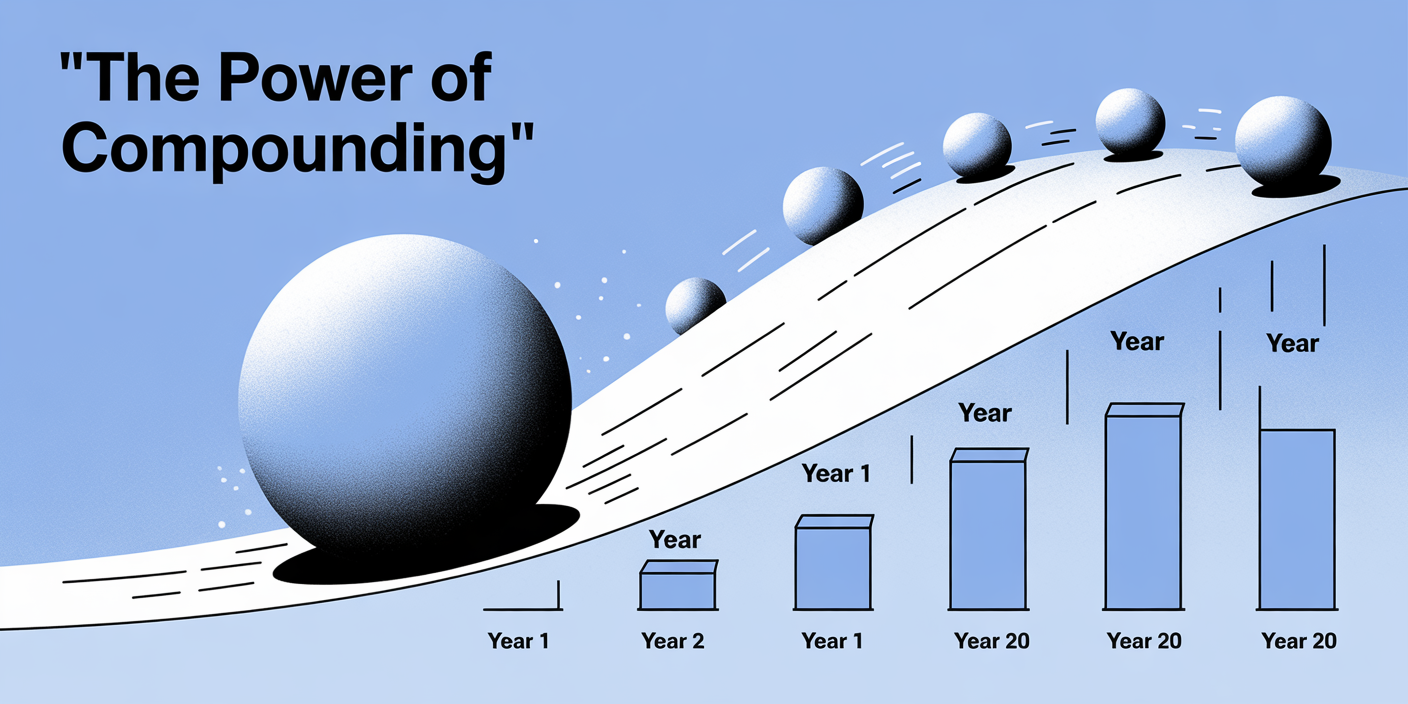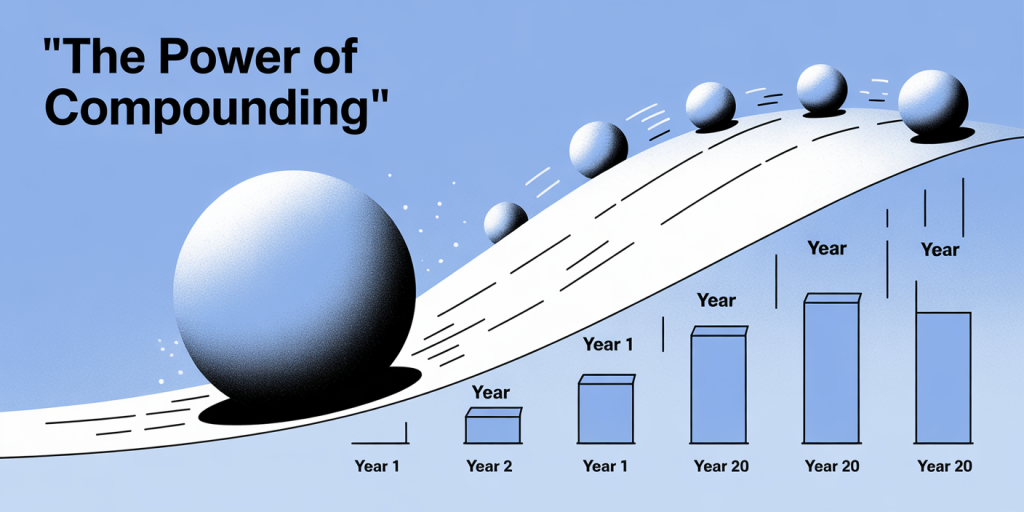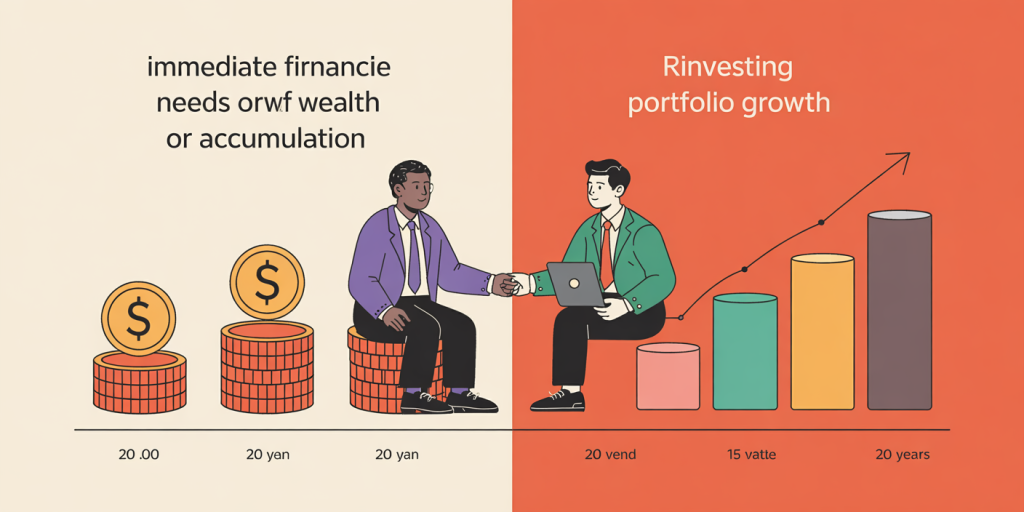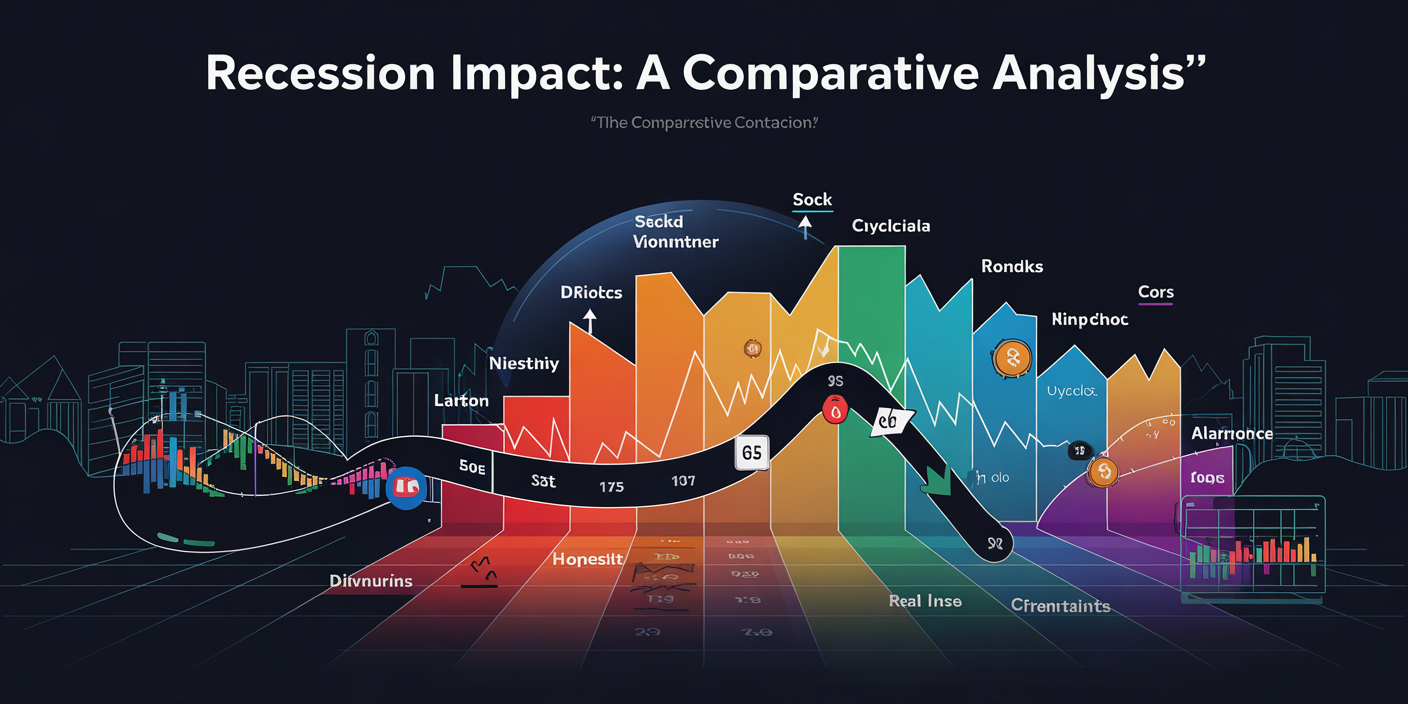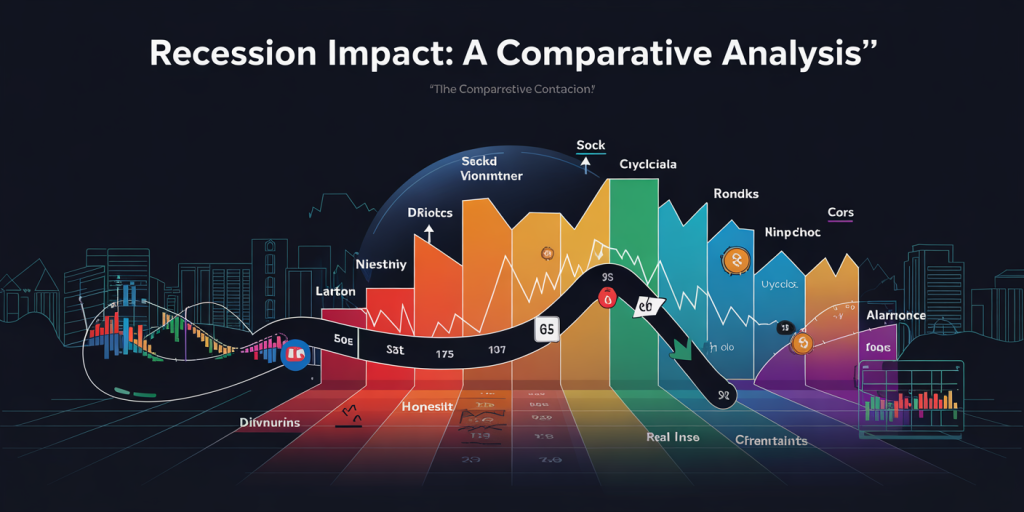In today’s dynamic job market, professionals often consider switching companies as the primary route to career advancement. However, internal growth within the same organization can offer numerous advantages, including deeper organizational knowledge, stronger professional relationships, and increased employer trust. Growing your career without changing jobs is not only possible but increasingly encouraged in many companies striving to retain talent and nurture leadership from within. This article explores effective strategies, backed by data, that empower employees to advance within their existing workplace.
Understanding the Value of Internal Growth
Staying with one company while advancing professionally demonstrates commitment and loyalty, traits highly valued by employers. According to a LinkedIn report, employees who remain with an employer for over five years are 50% more likely to be promoted than those who switch jobs frequently. This underscores the importance of leveraging internal opportunities to build a strong career trajectory.
Internal growth also allows employees to develop a comprehensive understanding of company culture, processes, and goals. For instance, Sarah, a marketing analyst at a major tech firm, progressed to a managerial role by deepening her expertise in company-specific products and networks, which external hires often take longer to master. Her success highlights how internal knowledge can enhance career advancement.
Mastering Skill Development Within Your Role
One of the most critical steps for career progression without switching employers is continuous skill enhancement. This can be achieved through targeted learning, cross-training, and seeking challenging assignments.
Many companies now offer internal professional development programs, including workshops, online courses, and mentorship initiatives. A survey by Deloitte in 2023 found that 74% of employees who participated in company-sponsored learning programs reported feeling more confident in taking on additional responsibilities. For example, an IT specialist who completes a cybersecurity certification via a company-sponsored course is often considered prime talent for internal promotion when security becomes a priority.
Cross-training in different departments can also broaden your skill set and make you a versatile asset. Take the case of James, who started as a finance assistant but volunteered in the company’s project management team. This cross-functional experience helped him secure a project lead position, showcasing the value of proactive skill diversification.
| Skill Development Method | Benefits | Example | Impact on Career Growth |
|---|---|---|---|
| Company-Sponsored Training | Up-to-date expertise and certifications | Cybersecurity certification | Increased chances for promotion in IT roles |
| Cross-Training | Broadens skill set and interdepartmental knowledge | Finance assistant learns project management | Eligibility for project leadership roles |
| Mentorship | Guidance, networking, and confidence | Senior employee mentoring junior staff | Faster career progression and skill mastery |
Building Strong Networks and Visibility

Career growth within a company often hinges on relationships and visibility as much as on skills. Building a strong internal network can open doors to new projects, mentorship opportunities, and leadership roles.
Effective networking is more than just socializing; it involves strategic communication and relationship-building. For instance, Maria, a product designer, regularly attended cross-departmental meetings and contributed ideas, leading to recognition by senior executives. This visibility resulted in her being considered for a key role in a product launch team.
Additionally, showcasing your achievements tactfully ensures that your contributions do not go unnoticed. Tools like internal newsletters, team meetings, or performance reviews are excellent forums for this. According to Gallup, employees who receive regular recognition are 2.7 times more likely to be promoted. Thus, actively managing how your accomplishments are communicated within the company can significantly enhance growth opportunities.
Taking Initiative and Leading Projects
Showing initiative is a powerful way to demonstrate leadership potential without changing roles. Volunteering for new projects, proposing innovative solutions, or improving existing processes signals readiness for greater responsibility.
Take the example of Aisha, an operations coordinator who noticed inefficiencies in the inventory system. She took the initiative to develop a streamlined tracking process with minimal supervision. Her effort saved the company 15% in annual warehousing costs and earned her a promotion to operations manager.
Participation in cross-functional teams is another avenue for leadership growth. According to a 2022 McKinsey survey, 58% of employees who take part in cross-functional projects report higher job satisfaction and faster career advancement. Leadership isn’t just about managing teams; it’s about influencing outcomes and driving results, regardless of your job title.
| Initiative Type | Example | Outcome | Impact on Career |
|---|---|---|---|
| Process Improvement | Streamlining inventory tracking system | Cost savings and efficiency | Promotion to managerial role |
| Leading Cross-Functional Team | Leading a product development team | Successful launch of new product | Recognition as leadership material |
| Proposing Innovations | Suggesting new customer engagement strategy | Increased client retention rates | Opportunity to lead client success projects |
Leveraging Performance Reviews and Goal Setting

Performance reviews are vital checkpoints that can guide your internal growth. Understanding how to approach these discussions strategically can accelerate your path to promotion or role enhancement.
Prepare thoroughly for performance reviews by documenting achievements, setting clear objectives, and requesting feedback. When John, a software engineer, presented quantifiable results showing how his code reduced system downtime by 20%, his manager was convinced to consider him for a senior developer role.
Collaboratively setting goals aligned with company priorities also ensures your growth trajectory fits organizational needs. A 2023 Harvard Business Review study found that employees who set specific, measurable goals are 33% more likely to get promoted. Discussing and updating development plans during reviews keeps both you and your supervisor aligned on expectations and opportunities for advancement.
Future Perspectives: Trends Enhancing Internal Career Growth
As remote work models and digital transformation continue to evolve, the pathways for growing within a company are becoming increasingly diverse and accessible. Companies are adopting more sophisticated talent management tools like AI-driven career planning platforms that help employees identify suitable internal roles and required skills.

Additionally, a strong emphasis on diversity, equity, and inclusion (DEI) means more organizations are creating transparent internal mobility programs, making career advancement less reliant on informal networks and more on merit-based opportunities. For example, Salesforce’s internal mobility program, championed as a best practice in 2023, uses data analytics to match employees with open roles that fit their skills and aspirations, leading to higher promotion rates within the company.
Moreover, continuous learning ecosystems powered by technology enable employees to upskill on-demand, fostering self-directed growth and adaptability. As companies invest in these initiatives, employees who proactively engage with these resources will find a rich array of opportunities to grow without needing to leave their current employer.





























